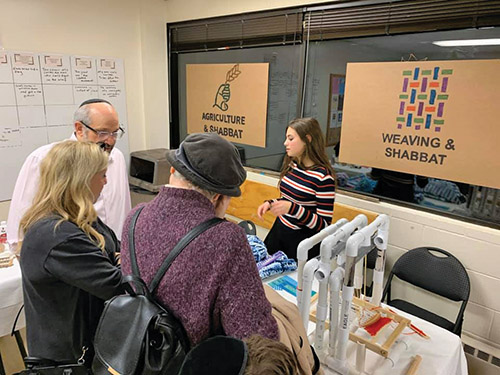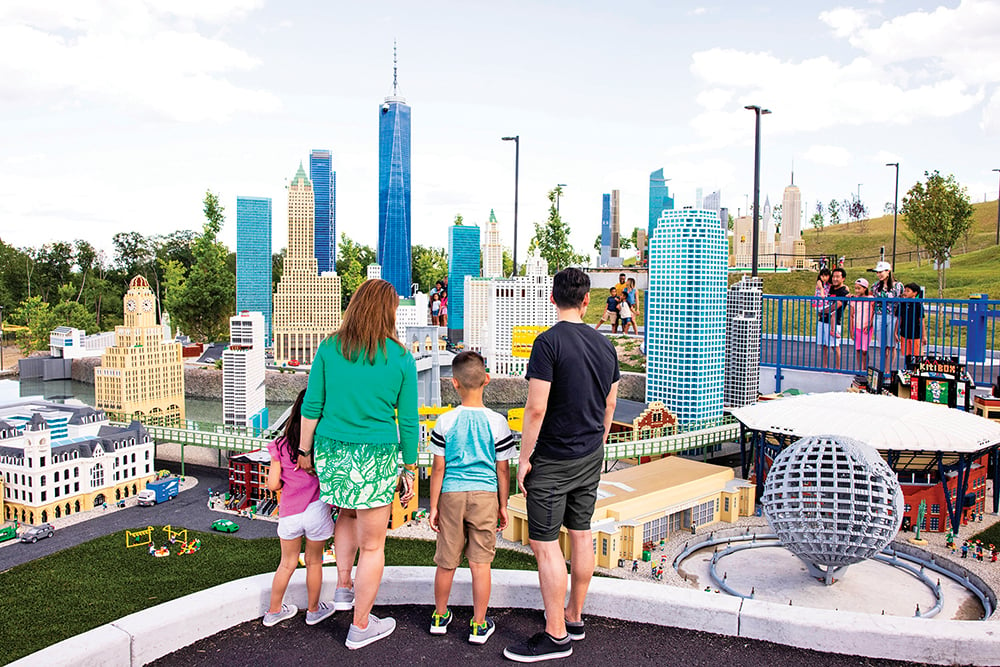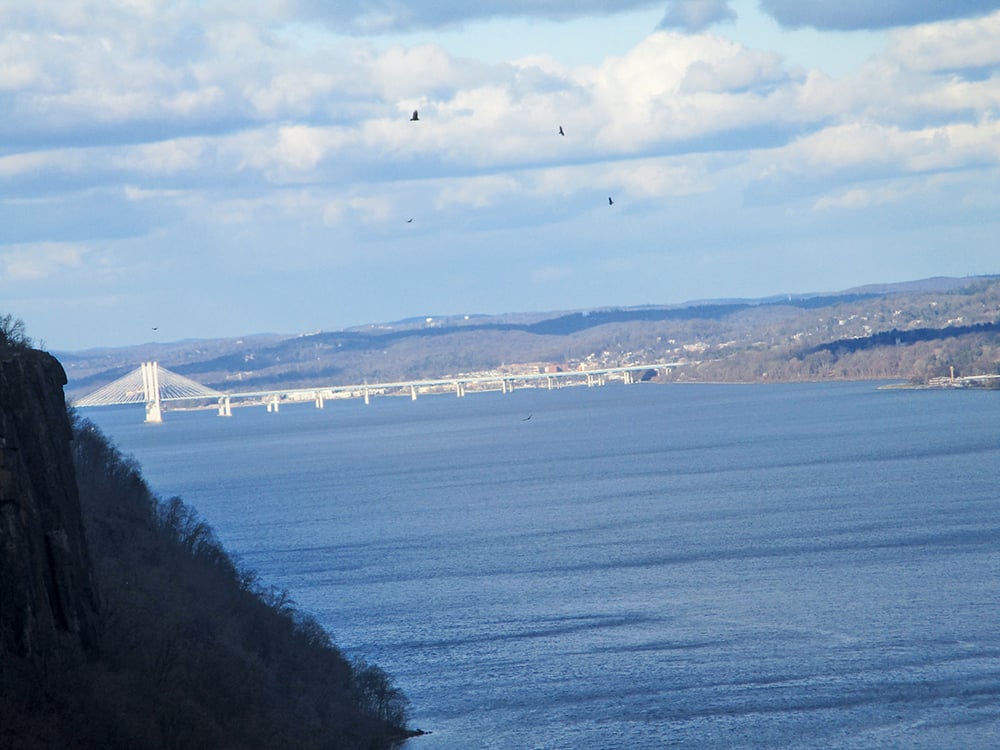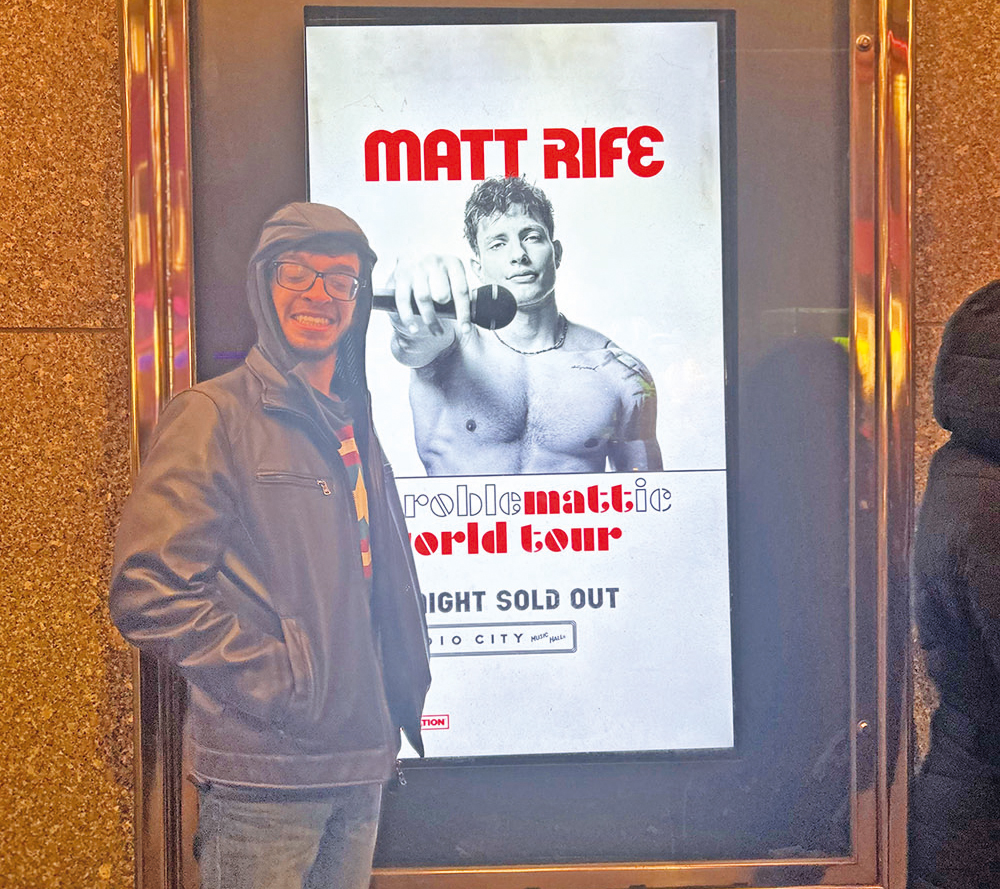


Housed at the state-of-the art, multi-functional Kaplen JCC on the Palisades, the Idea School hosted its second trimester Exhibition of Student Learning of the 2019-20 school year on Wednesday evening, February 26. In attendance were parents, siblings and extended family members, as well as community visitors who gathered to experience the works created by the ninth and 10th graders of the IDEA School during their second trimester. The students were duly excited and enthusiastic to share their ideas and creations with those who gathered.
In September of 2018, the IDEA School opened its doors as a co-ed Jewish high school where learning stems from the students’ passions, interests and questions. As stated within the school’s educational mission, “Students take the knowledge and skills accrued and use them to create a product or event, or solve a problem in the world. In our educational model, students construct meaning out of their studies, get to know their talents and strengths, and understand how they might live a fulfilling Torah life while bettering the world.”
Held at the conclusion of each of the three academic trimesters, “The Exhibition of Student Learning is a time for our students to share and celebrate their learning with the community,” said Tikvah Wiener, head of school. “We welcome not only our parents and students, but anyone interested in having a fun and interactive learning experience with the school.”
Opening the program were student testimonies to their excitement at the various interdisciplinary offerings of the school. The tributes included praise for the exciting give and take of learning Daf Yomi with a chavruta of three under the direction of Rabbi Zach Rothblatt. In the words of student Yehuda Zinberg, “Not only are the stories intriguing and the legal discussions strenuous, but the learning gives us insight into the times and culture of the Babylonians.”
Studying Sefer Bamidbar opened up student exploration of ancient architecture and implements used in construction as well as social divisions within societies. Egyptian, Mayan and Indus societies were explored alongside Israelite society at the time. The Clean Water Act was studied as a portal to the study of dependency upon water and settlement of significant communities around major sources of water from ancient times until the present.
The reading and analysis of the novel “Frankenstein” addressed for the students the serious contemporary dilemma of what can happen to a society when it creates technologies that ultimately get out of control. The students were challenged with the question of how technologies that revolutionize our world can also lead to its pollution and destruction. The in-depth study of the 49 work activities that are unlawful on Shabbat led to a unit on controlling ourselves around our technologies.
Amplifying the ideas presented by the students, the attendees were invited to visit the multiple exhibitions placed in classrooms around the building displaying the students’ creative renditions of the topics studied. Among the exhibited original creations were obelisks with etched drawings of ancient civilizations, models of the workings of textile production and dyeing, and videos illustrating the revolutions in foods, medicine, warfare and politics. Exhibits of the 49 categories of work on Shabbat were elaborately displayed through electrical devices illustrating the concept of grama, or causation, as well as samples of Hebrew calligraphy created by the students under the guidance of a visiting sofer or scribe.
The book of Kohelet served as a launching point for creative dioramas and essays revolving around the concept of lashon hara, gossip. Other events in the Torah were connected to this discussion including Yirmiyahu’s chastisement of the people as well as the stories of Lot, Sedom, Dina and others. Three-dimensional models as well as essays and poetry were displayed side-by-side, illustrating the imagination and thoughtfulness of the students. The students who served as well-spoken presenters of their projects were obviously proud of their work and delighted to share it with the visitors. The evening proved to be a successful and uplifting culmination of the trimester.
Even for the administration and faculty whose instruction and guidance accompanied the process all along, the final results were highly impressive. In the words of Rabbi Tavi Koslowe, Judaic studies principal, “While each exhibition has certainly had its impressive collection of student work, for me, walking into the Shabbat fair that our 10th graders created felt transformative. Entering the room and being surrounded by their creative displays of how Shabbat interacts with agriculture, weaving, safrut and engineering provided a more dynamic, immersive and palpable definition of melacha than I’ve ever imagined.”
To learn more about the IDEA School and its final Exhibition of Student Learning for the year, visit www.theideaschool.org.
By Pearl Markovitz
�













